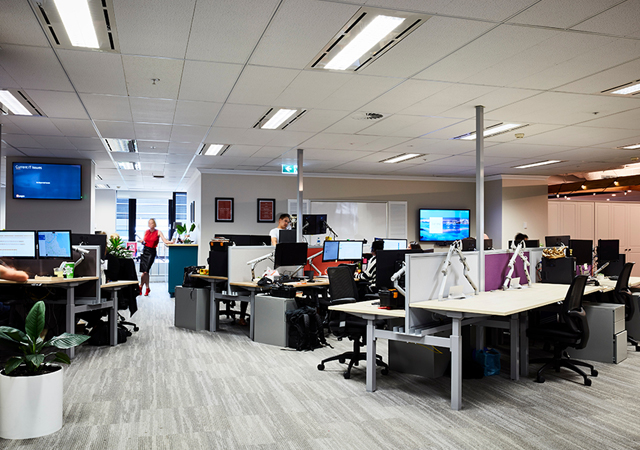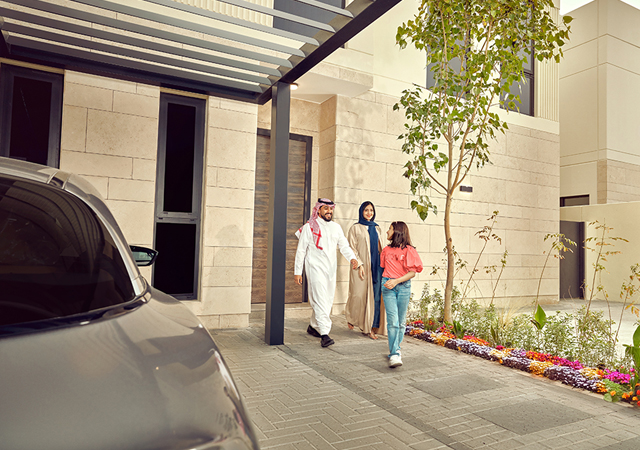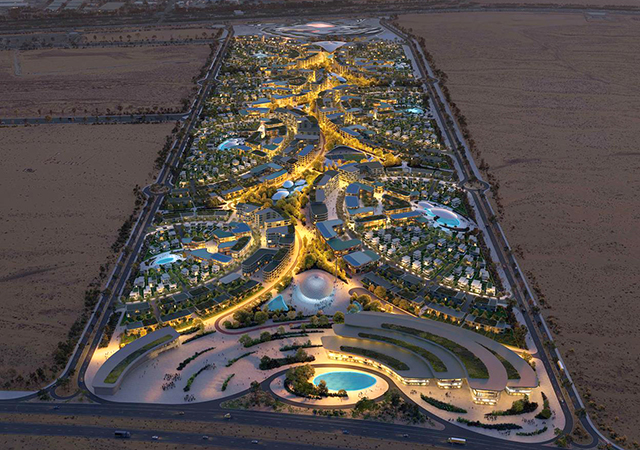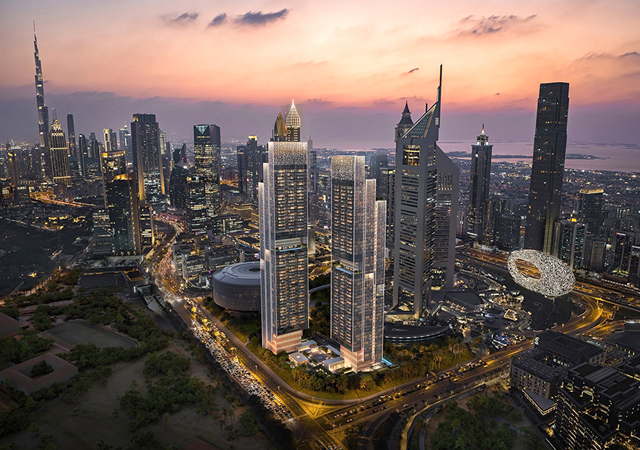
Mike Williams of Bahrain-based Arthur Andersen focuses on the less well-known destinations in the region and outlines their tourism potential. THE recent political crisis centred around the disputed city of Jerusalem has served as a reminder of the fragility of the embryonic tourism sector in the Middle East. Even within the new Middle Eastern markets, there are several unexpected and rapidly growing players jostling to enter. Countries such as Saudi Arabia, Iran, Iraq and Tunisia have drawn on the lessons learned by their neighbours and are organising their tourism infrastructure and development projects to present a coherent approach to the market despite, in some cases, severe economic and political handicaps.
Saudi Arabia
The surge in oil prices from their low of around $10 per barrel in 1999, to around $35 per barrel in 2000, has led to a remarkable recovery in the Saudi economy. Annual GDP growth is forecast to be around 8 per cent in 2000 and the Kingdom is forecast to generate a surplus after all planned expenditure of up to $5 billion and an annual trade surplus of $33 billion.
Nevertheless, the drop in oil prices served as a sharp reminder of the single-industry dependency of Saudi Arabia's economy and has stimulated a move towards the introduction of a strategic approach to international and domestic tourism. In 1999, hotel room rates and occupancies were stagnant in comparison to 1998 although the room rates and yields supported by the corporate market, remained roughly in line with those achieved across Dubai.
Saudi Arabia has vast array of natural, historic and cultural tourism resources, thousands of kilometres of Red Sea coastline, arguably the world's finest diving area, stunning scenery in the mountainous regions and historic attractions ranging from the Nabateen tombs of Medain Saleh in the west to the remains of the Ottoman Empire in the east.
These attractions are in addition to the two holy cities of Makkah and Madinah which will have their occupancy and room rates revitalised by the recent relaxation of Umrah visa regulations. International visitor arrivals in 1999 is estimated to have been around 8.5 million, split between, religious, business and expatriate travel. The Kingdom has a thriving hotel sector with more than 330 hotels and increasingly, resort residential complexes. Arab News recently reported that more than $6.6 billion has been invested in tourism projects since 1995.
Hotel development in Makkah in particular, is booming with the area immediately around the Haram subject to intense development.
In order to formalise its approach, the Kingdom has appointed the Supreme Commission for Tourism (SCT) headed by Prince Sultan bin Salman bin Abdulaziz to review existing infrastructure and facilities and to guide investment to the most appropriate projects. However, one of the most pressing issues that needs to be addressed by the SCT, is the travel and expenditure of around three million Saudi nationals per year who spend their holidays abroad every year and $8 billion in the process. With its array of existing and potential tourism attractions, there is a clear opportunity to encourage these tourists , to enjoy the myriad facilities and leisure options that their own country has to offer.
Iran
Iran is also seeking to revive its once vibrant tourism industry by encouraging visitors to its cultural and historic sites such as the Golden Triangle, Shiraz, Isfahan, Mashad and Tabriz. Officials have recently reported that Iran is currently attracting around 1.7 million visitors per year, generating up to $800 million in tourist spend.
In order to encourage investment in the sector, the government is selling off hotels seized after the 1979 revolution, and the WTO (World Tourism Organisation) has provided assistance in organising highway infrastructure, establishing a hotel training school and restructuring the government's official tourism administration.
Much of Iran's investment in tourism internally has been directed towards Kish, a coral reef island situated 1,000 km from Tehran and 250 km from the UAE in the Arabian Gulf. Designated a free trade zone in 1989, Kish has become the leading destination for domestic tourism and increasingly, international visitation. The island now has its own airline, excellent beaches, plentiful shopping and around 50 hotels and tourist compounds. With most of the island allocated for tourism development, the construction of a further 30 tourist accommodation projects is planned in the next few years.
Iraq
Iran's neighbour Iraq is capitalising on the potential for religious and cultural tourism in the central and southern regions. In July 1998, an agreement was signed allowing up to 12,000 Iranians a month to cross the border and visit the holy Shiite cities of Najaf and Karbala. Hundreds of thousands of pilgrims made the emotional journey only for the booming tourism business, which was generating approximately $5 million tourism spend per month, to come to an abrupt halt in July 2000. The problem lies in a dispute over pilgrimage fees and the withdrawal of this source of income is quickly being felt by the Iraqi business people engaged in the hotel and souvenir industries.
Tunisia
Perhaps not such a new player to the tourism industry, Tunisia's services sector is booming and is both the country's major employer (36 per cent), and the country's major producer (over 50 per cent of GNP).
The expanding tourism industry tops the services sector, with more than 4 million European tourists a year. Around 44,000 people are directly employed in tourism with a further 300,000 people indirectly involved.
In addition to resort beach hotels, cultural tourism is being encouraged. The aim is for foreign visitors to explore the Roman towns and major cultural centres such as Kairouan.
Located within easy access of European and African source markets and boasting some 1,200 km of Mediterranean coastline, Tunisia is ideally disposed for international tourism. According to the WTO, the country has consistently been ranked as Africa's Number two tourist destination over the last five years, after South Africa. Tunisia's visitors numbered some 4.7 million in 1998, representing nearly 19 per cent of total visitation to Africa and 55 per cent of the North African market. Visitor numbers in 1999 reportedly passed the 5 million mark.






.jpg)








.jpg)




































.jpg)







